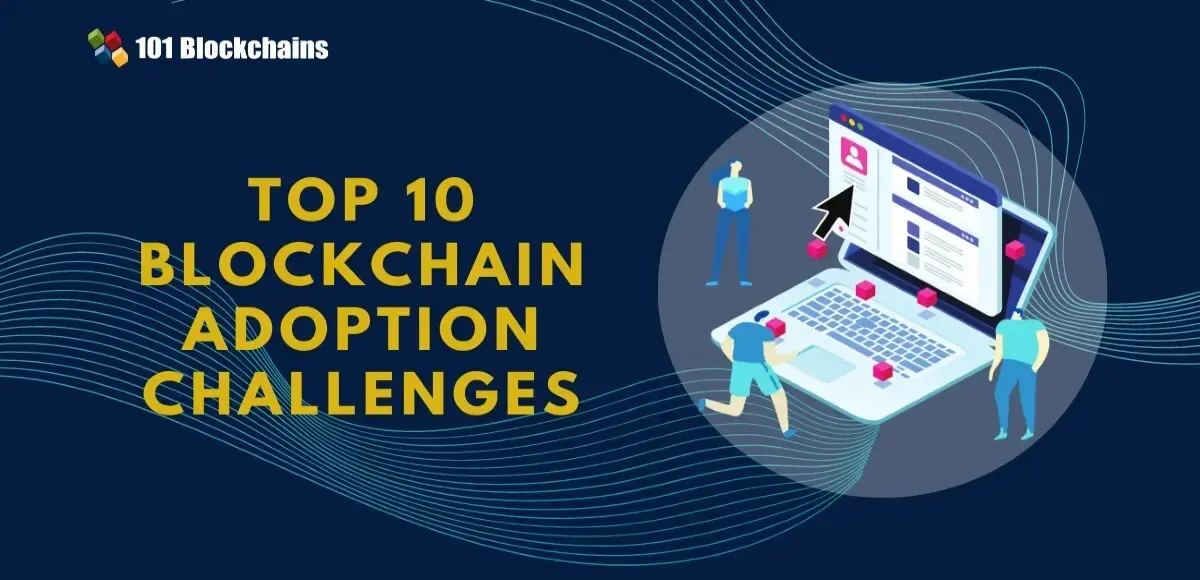In today’s digital era, cloud security isn’t just an IT concern; it’s the backbone of modern businesses. As organizations migrate to the cloud, securing sensitive data becomes paramount. But what’s new in this ever-evolving Techprimex.co.uk landscape? Let’s dive into the latest developments in cloud security and explore how they’re shaping the future of cybersecurity.
The Rise of Cloud Security Challenges
With the cloud’s rapid adoption, security threats have grown exponentially. Imagine a bustling marketplace where every stall represents a cloud service. The more stalls you have, the harder it is to secure the entire market.
Key Challenges Include:
- Data breaches due to misconfigurations.
- Insider threats from compromised credentials.
- Compliance issues with data privacy regulations.
These challenges set the stage for groundbreaking innovations in cloud security.
Zero Trust Architecture: A Paradigm Shift
What Is Zero Trust?
Gone are the days of trusting everything inside your network. Zero Trust Architecture (ZTA) operates on a simple yet powerful principle: “Never trust, always verify.”
Why It Matters:
- Reduces insider threats by authenticating every user.
- Minimizes data breaches through continuous monitoring.
- Enhances security in multi-cloud environments.
Implementation Steps:
- Identify sensitive data and critical assets.
- Enforce strict access controls.
- Continuously monitor network activity.
Bold takeaway: Adopting a Zero Trust model can significantly improve your cloud defense.
The Role of AI and Machine Learning in Cloud Security
AI-Powered Threat Detection
Artificial Intelligence isn’t just for sci-fi movies. In cloud security, AI and Machine Learning (ML) are game-changers.
How AI Enhances Security:
- Detects anomalies in real-time.
- Predicts potential threats using historical data.
- Automates incident response.
Picture this: An AI system identifies unusual login activity at 2 AM. Instead of waiting for a human response, it automatically locks the account and alerts security teams.
Key point: Leveraging AI-driven cloud security reduces response times and minimizes damage.
The Evolution of Encryption Technologies
Beyond Traditional Encryption
Encryption isn’t new, but its application in the cloud has evolved. Today, we have advanced methods like homomorphic encryption, allowing computations on encrypted data without decryption.
Benefits:
- Protects data at rest, in transit, and in use.
- Enhances privacy in cloud-based applications.
- Supports regulatory compliance.
Pro Tip:
Implementing end-to-end encryption ensures data integrity across cloud services.
Cloud-Native Security Tools: Built for the Cloud
What Are Cloud-Native Security Tools?
Unlike traditional tools adapted for the cloud, cloud-native security solutions are designed specifically for cloud environments.
Examples:
- Cloud Security Posture Management (CSPM) tools.
- Cloud Workload Protection Platforms (CWPP).
- Container Security solutions.
These tools offer:
- Automated threat detection.
- Real-time vulnerability scanning.
- Seamless integration with cloud services.
Takeaway: Embrace cloud-native security to future-proof your cybersecurity strategy.
The Growing Importance of Compliance Automation
Why Compliance Matters
Regulatory requirements like GDPR, HIPAA, and CCPA demand stringent data protection measures. Non-compliance isn’t just risky—it’s costly.
Enter Compliance Automation:
- Automates audit processes.
- Ensures continuous compliance.
- Reduces human error.
Imagine a dashboard that tracks your cloud compliance status in real-time, alerting you to any issues before they become major violations.
Key takeaway: Automated compliance tools save time, reduce risks, and keep you audit-ready.
Serverless Security: Protecting Function-Based Architectures
What Is Serverless Computing?
Serverless architecture lets developers run code without managing servers. Sounds convenient, right? But it introduces unique security challenges.
Serverless Security Best Practices:
- Use API security gateways.
- Implement least privilege access.
- Monitor function execution for anomalies.
Important: As serverless computing grows, so does the need for specialized security measures.
The Impact of DevSecOps on Cloud Security
What Is DevSecOps?
Think of DevSecOps as the fusion of development, security, and operations. It integrates security into every stage of the software development lifecycle.
Benefits of DevSecOps:
- Detects vulnerabilities early.
- Automates security testing.
- Promotes a security-first culture.
Actionable tip: Shift security left with DevSecOps practices to reduce risks and speed up development.
Identity and Access Management (IAM) Enhancements
Why IAM Is Critical
In the cloud, managing who has access to what is crucial. Modern IAM solutions offer advanced features like:
- Multi-Factor Authentication (MFA).
- Biometric authentication.
- Role-based access controls (RBAC).
Best Practices:
- Regularly review access permissions.
- Implement strong authentication methods.
- Use IAM analytics to detect suspicious activities.
The Role of Secure Access Service Edge (SASE)
What Is SASE?
Secure Access Service Edge (SASE) combines network security and wide-area networking (WAN) into a single cloud-delivered service.
Why It’s a Game-Changer:
- Simplifies network architecture.
- Provides consistent security policies.
- Optimizes cloud application performance.
Tip: Consider adopting SASE frameworks for enhanced cloud security and network efficiency.
Cloud Threat Intelligence: Staying Ahead of Threats
What Is Cloud Threat Intelligence?
Imagine having a crystal ball that predicts cyber threats. While not magical, threat intelligence platforms come close.
Features:
- Aggregates data from global threat databases.
- Identifies emerging risks.
- Supports proactive defense strategies.
Final thought: Integrating cloud threat intelligence into your security strategy keeps you one step ahead of cybercriminals.
Conclusion
The latest developments in cloud security are reshaping how we protect data, applications, and networks. From Zero Trust architectures to AI-powered threat detection, staying informed is the first step towards robust cybersecurity.
Remember: The cloud is dynamic, and so are the threats. Continuous learning, proactive defense, and adopting new technologies are key to securing your digital future.

